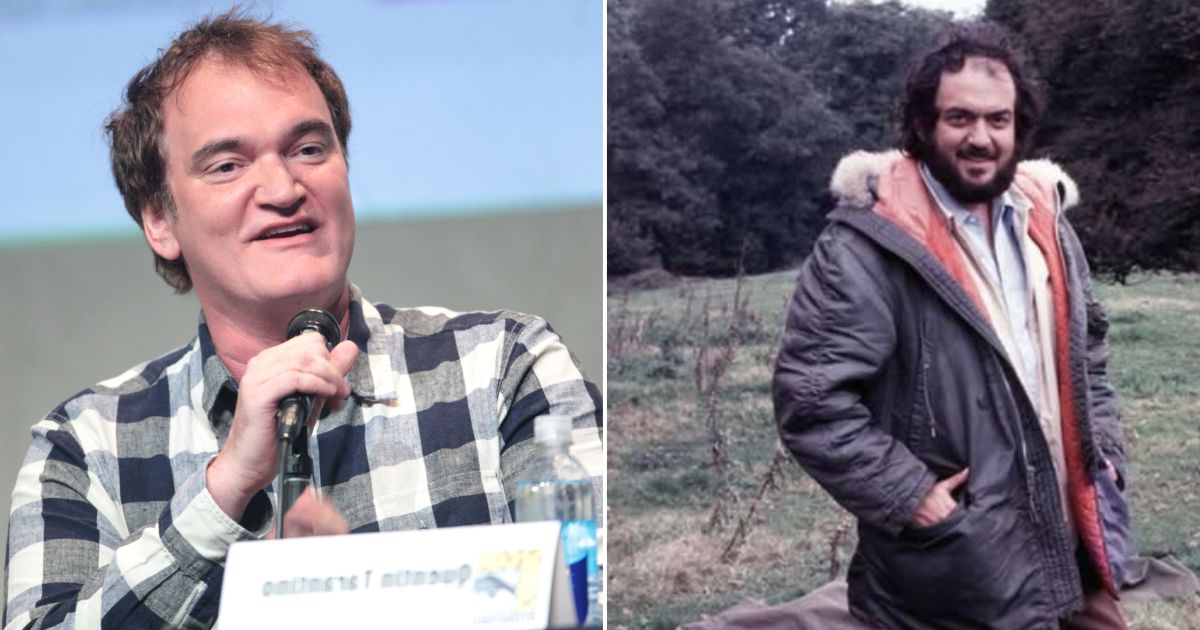
How Kubrick’sThe KillingSparked Tarantino’s Reservoir Dogs Revolution
You know, every great filmmaker has their cinematic north star—someone whose work resonates so deeply that it changes the way they think about storytelling. For Quentin Tarantino, that inspiration came from none other than Stanley Kubrick. And the film that lit the fuse? Kubrick’s 1956 noir masterpiece, The Killing .
Now, Reservoir Dogs —Tarantino’s explosive 1992 debut—is often hailed as a radical, fresh take on the crime genre. But what most people didn’t realize at the time was that the DNA of The Killing
What Kubrick did with The Killing was groundbreaking for its time. Instead of sticking to a straightforward timeline, he fractured the story—jumping around, showing the same events from different angles, and weaving in character perspectives to keep viewers hooked. It wasn’t just about robbing a racetrack; it was about how everything unraveled because of tiny human flaws. That kind of structure was rare in the 1950s, but Kubrick pulled it off with surgical precision.
Tarantino saw that and ran with it. He took that fractured timeline idea and sharpened it for a new generation. Reservoir Dogs doesn’t even show the heist—it focuses on the build-up and the bloody aftermath. It’s all about the mistrust, the tension, the psychology of criminals falling apart. Sound familiar? It’s a clear echo of Kubrick’s blueprint.
Also Read:- Nuggets Surge in Fourth to Force Pivotal Game 7 in Oklahoma City
- Palace’s Moment of Destiny – FA Cup Final Beckons with History at Stake
In an interview with The Seattle Times , Tarantino said, “I didn’t go out of my way to do a rip-off of The Killing , but I did think of it as my Killing , my take on that kind of heist movie.” At Cannes, he doubled down: “ The Killing is my favorite heist film, and I was definitely influenced by it.” That’s no small praise.
Kubrick gave Tarantino a playbook, but Tarantino scribbled all over the margins. He brought in razor-sharp dialogue, pop culture riffs, and brutal realism—but the skeleton of the story was pure Killing . That influence didn’t stop at Reservoir Dogs either. It carried into Pulp Fiction , Jackie Brown
And here’s the real kicker: Kubrick’s influence didn’t just stop with Tarantino. Because Tarantino became the filmmaker of the ’90s, his own work then influenced a whole wave of indie directors. So Kubrick’s touch, passed down like cinematic genetics, helped shape modern cinema far more than most people realize.
In the end, The Killing wasn’t just a film. It was a quiet revolution. And in Tarantino’s hands, that revolution roared into the ’90s with blood, suits, and unforgettable dialogue. It's a powerful reminder that even the boldest new voices in film often rise on the shoulders of giants.
Read More:

0 Comments